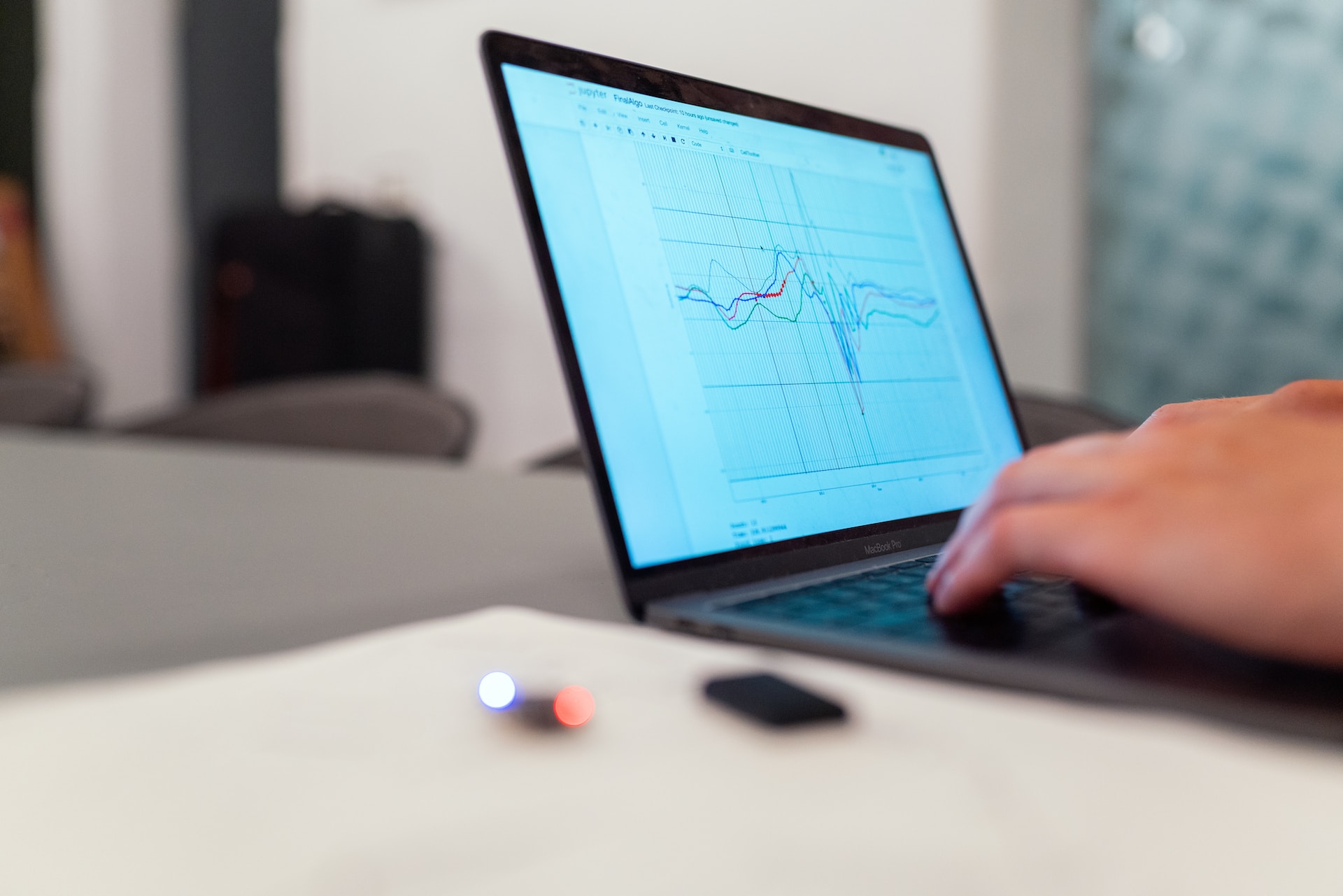“Every business is a software business.” A line from Watts S. Humphrey, often regarded as the father of quality in software. A line that hasn’t rung more true than in the present day. In recent years, SaaS has risen to the leading venture-backed industry. According to Dealroom, “in 2022, 45% of venture capital (VC) was invested in startups with a SaaS business model.” With this category growing more and more each day, analysts must understand why it is gaining traction and what to look out for when scouting deals.
SaaS’s growth as a startup sector has been a long-term pattern, but it’s the recent macro trends in the market that have propelled its momentum even further. COVID-19 caused a complete shift in how businesses use technology. Fortune Business Insights specifies this change by reporting that “the rise in adoption of public and hybrid cloud-based solutions in organizations increases system reliability and advances new realities obliged by the pandemic.” Companies that had been adamant about switching over to software-based solutions were forced to make this shift due to the remote nature of business operations. This created a massive mindset shift that SaaS startups have taken advantage of to grow their clientele at an exponential rate. Even more recently, there have been advancements in artificial intelligence (AI) and machine learning technology that serve to further ensure SaaS’s grip on the market. Analytics Insight expands on this by discussing Oracle and how this SaaS company is betting on AI and machine learning, which might help put them ahead of competitor Salesforce, which “suggests that AI. may be the next essential step in strengthening SaaS and solidifying its market dominance.” As tech giants in SaaS adopt this emerging technology, they expand the overall market size, allowing for more innovation and success even at the startup level.
While there are many strengths to SaaS startups, there are critical factors that analysts must be wary of when conducting diligence into these companies. The rapid growth of the industry allures a lot of heavy competition in the field, and with the rise of no-code tools, many founders have set their sights on breaking into this emerging market. Having a unique value proposition (UVP) is the best way for a company to differentiate in a crowded field, but is hard to secure in software. “A patent application for software can take up to four years to complete,” according to Forbes. “Typically, the commercial lifespan is long over by then.” Without proprietary defensibility, a company will need to rely on its branding as a differentiator which can lead to issues with spending. Carta reports that spending is a prevalent issue. SaaS startups would hire rapidly to grow their annual recurring revenue, but now, Carta notes a shift in this trend. “The Federal Reserve raised interest rates repeatedly in 2022, prompting many SaaS companies to retrain their focus on reducing cash burn to stave off the need for another round of equity financing.” So, analysts must ensure that a company has high natural defensibility and is efficiently managing its spending for them to consider adding them to a VC’s portfolio.
SaaS will continue to take the startup world by storm. The macro trends of technology adoption due to the pandemic, paired with the rise of AI, bolster the growth of this sector; nonetheless, analysts must be wary of difficulties in defensibility and burn rate as competition in the field intensifies.
Sources:

